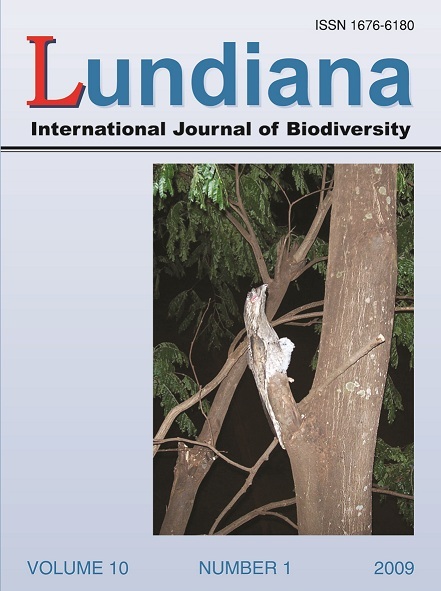Diversity of Trichinelloidea (Enoplea, Nematoda) in Chile and its implication for human, animal and ecosystemic health
DOI:
https://doi.org/10.35699/2675-5327.2009.23824Keywords:
Parasites, Chile, Trichinelloidea, Capillaria, Trichinella, Trichuris, Trichosomoides, animal health, human health, ecosystem healthAbstract
The nematode zooparasites of vertebrate and invertebrate correspond to an aspect of biodiversity which has not been properly evaluated. In Chile, specific research on Trichinelloidea (Order Trichinellida) is scarce. For this reason, a recompilation on the taxa observed in this country was carried out, by means of a bibliographic review. The reported families are Capillariidae Néveu-Lemaire, 1936, with 11 identified species in Mammalia, Aves and Osteichtyes (including Capillaria sp. s. l. in Milvago chimango from the Metropolitan region, recorde here for the first time); Trichinellidae Ward, 1907, with one identified species in Mammalia; Trichuridae Railliet, 1915 with 11 species in Mammalia; and Trichosomoididae Hall, 1916; with one species in Rodentia. There were no records of these parasites associated with Reptilia, Amphibia, Agnatha, Chondrichtyes or to invertebrates, which are hosts recorded for the superfamily in other parts of the world. Involvement of species in this superfamily with human and ecosystemic health is argued, in the context of a debatable and confused taxonomy and identification, together with a scarce knowledge of this group. Therefore, it is considered that more studies on Trichinelloidea and its presence in this country are required.
Downloads
Published
Issue
Section
License

This work is licensed under a Creative Commons Attribution-NonCommercial 4.0 International License.

